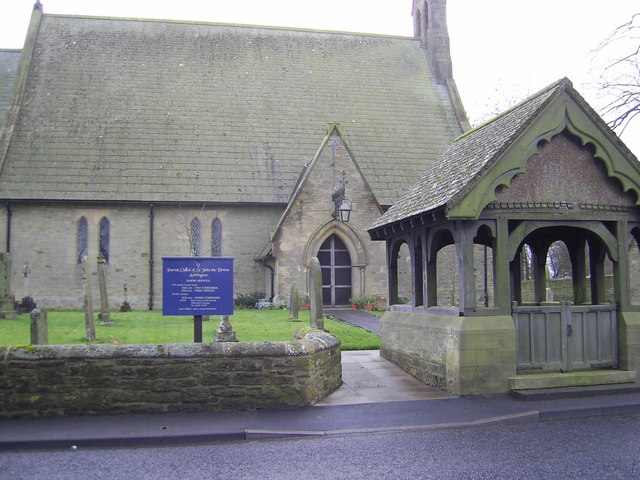Low Park
Downs, Moorland in Northumberland
England
Low Park

Low Park is a picturesque area located in Northumberland, a county in the northeast of England. Nestled amidst the natural beauty of the region, Low Park offers a serene and tranquil setting for visitors and locals alike. The area is characterized by its expansive downs and moorlands, which provide breathtaking panoramic views of the surrounding landscape.
The downs in Low Park are vast open spaces covered in grass and heather, creating a stunning tapestry of colors throughout the year. Walking across these downs, visitors can enjoy the fresh air and immerse themselves in the peacefulness of the countryside. The moorland, on the other hand, is a more rugged terrain, covered in heath and scattered with craggy outcrops. This diverse landscape provides a home to a variety of wildlife, including birds, rabbits, and even the occasional deer.
For nature lovers and outdoor enthusiasts, Low Park offers a plethora of activities. Hiking and walking trails crisscross the downs and moorlands, allowing visitors to explore the area at their own pace. The rolling hills and expansive vistas also make Low Park a popular destination for birdwatching, with numerous species of birds making their homes in the area.
In addition to its natural beauty, Low Park is also rich in history. The area is dotted with ancient monuments, including burial sites and standing stones, providing a glimpse into the region's past. The nearby villages offer charming cafes and pubs, where visitors can enjoy a traditional meal or a warm drink after a day of exploring.
Overall, Low Park is a hidden gem in Northumberland, offering a peaceful retreat and a chance to connect with nature in a truly stunning setting.
If you have any feedback on the listing, please let us know in the comments section below.
Low Park Images
Images are sourced within 2km of 55.311023/-1.6676965 or Grid Reference NU2101. Thanks to Geograph Open Source API. All images are credited.





Low Park is located at Grid Ref: NU2101 (Lat: 55.311023, Lng: -1.6676965)
Unitary Authority: Northumberland
Police Authority: Northumbria
What 3 Words
///headers.menswear.tripled. Near Acklington, Northumberland
Nearby Locations
Related Wikis
Acklington Park
Acklington Park is a former civil parish, now in the parish of Acklington, Northumberland, England. It was the birthplace of John Rushworth (born c.1612...
Acklington railway station
Acklington is a railway station on the East Coast Main Line, which runs between London King's Cross and Edinburgh Waverley. The station, situated 28 miles...
Acklington
Acklington is a small village in Northumberland, England. It is situated to the south-west of Amble, inland from the North Sea coast. It is served by Acklington...
Guyzance
Guyzance, historically Guizance, is a small village or hamlet and former civil parish, now in the parish of Acklington, in Northumberland, England. It...
Nearby Amenities
Located within 500m of 55.311023,-1.6676965Have you been to Low Park?
Leave your review of Low Park below (or comments, questions and feedback).















